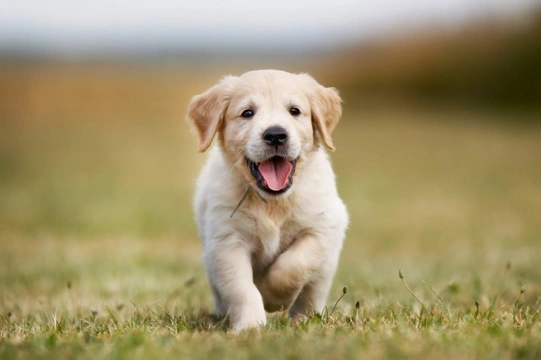
Five ways children can be dangerous to dogs
When it comes to dogs, children and safety, the internet is absolutely full of advice on how to keep kids safe around dogs, what to teach children about dogs and staying safe, and the potential ways in which dogs can be a danger to children and how to mitigate this.
However, it is also important to bear in mind that there is a flipside of this too, and that children can actually be dangerous to dogs as well!
This is something that makes perfect sense when you think about it, but is something that doesn’t tend to occur to us consciously. There are a huge number of ways in which getting to know dogs and growing up with a dog can benefit children, and dogs usually find being part of family life hugely rewarding and love the family kids too; but both dog and child need to be able to live together safely.
Just as it is really important to keep your child safe when it comes to interactions with the dog, and to teach your child how to stay safe around dogs when they are old enough, so too do you need to be aware of the risks your child can pose to your dog; and how to reduce them.
With this in mind, this article will tell you five ways children can be dangerous to your dog, rather than the other way around. Read on to learn more.
Feeding them something inappropriate
This is perhaps the most common way in which children pose a hazard to dogs, and one of the saddest things about it is that the child almost always has the best of intentions, but can inadvertently cause your dog serious harm simply trying to be nice to them.
I’m talking of course about your child feeding your dog something that they shouldn’t eat, or letting them eat something they shouldn’t have.
Chocolate is the main culprit here, as children love chocolate too, and may not realise it is toxic to dogs. Even if not given to the dog deliberately, children aren’t always aware of how fast a dog will eat something left out unsupervised.
Letting them out by accident
You need to take care when opening external doors to make sure you know where your dog is, particularly if they’re the type to bolt our or simply wander off if the opportunity arose.
Adults tend to know this instinctively, but children might not bear this in mind if rushing to open the door to a friend, or to leave the home or garden, to check that the door has closed properly behind them.
This can result in the dog getting loose and having an accident or getting injured; particularly if nobody realises for some time that the dog is AWOL.
Failing to supervise them properly
If you place our child in charge of supervising your dog or even leave them alone with your dog at home, you must be sure that your child is old enough and responsible enough to understand what this means first. It is really unwise to let younger children supervise or walk your dog; and in fact in law, only persons of 16 or over can be legally responsible for a dog, which means that you as the dog owner and parent are answerable for anything that happened if a person under 16 was in charge of your dog.
If your child (regardless of age) is in charge of or supervising your dog and they fail to do so properly, or are simply too young or inexperienced to spot and avoid a problem, this can or course result in your dog facing a risk or being endangered.
This might mean something like walking along a road with the dog off the lead and straying into traffic, or your child failing to recognise the threat your dog can pose to a cat or wildlife, and the dog either attacking someone’s pet, or causing an accident in pursuit of something.
They tease or provoke them to a flashpoint
Even if your child really loves your dog, it takes time and the development of some maturity to understand how dogs need to be treated, how to show them respect, and when to leave them alone. Even children that are huge animal lovers don’t know these things instinctively, and children up until a certain age don’t know things like not to pull a dog’s tail or ears, not to tease them, and generally, how to behave around dogs.
The potential conclusion to all of these scenarios might seem to be a threat to the child rather than the dog, in terms of a flashpoint being reached and the dog snapping at or biting the child; and this is certainly true.
However, a dog that bites a child in any situation and however mildly is a dog whose life is on the line; and this is vitally important for you to bear in mind when it comes to supervising your dog and child together, and teaching your child how to behave with the dog.
They physically injure them
Finally, children can of course physically hurt your dog as well. This may in rare cases be deliberate if the child is angry, the dog won’t cooperate, or for very young children, they’re going through a naughty phase, but is much more likely to happen accidentally.
Whether this be by means of overly rough play, failing to pay attention and trapping a paw or tail in a door or standing on your dog or anything else, accidents can happen. Your child (assuming they’re aware of what happened) will doubtlessly feel absolutely awful about this, and it can take them a long time to get over it, regardless of severity; but ultimately, responsibility for this falls to you once more as the parent and dog owner.



